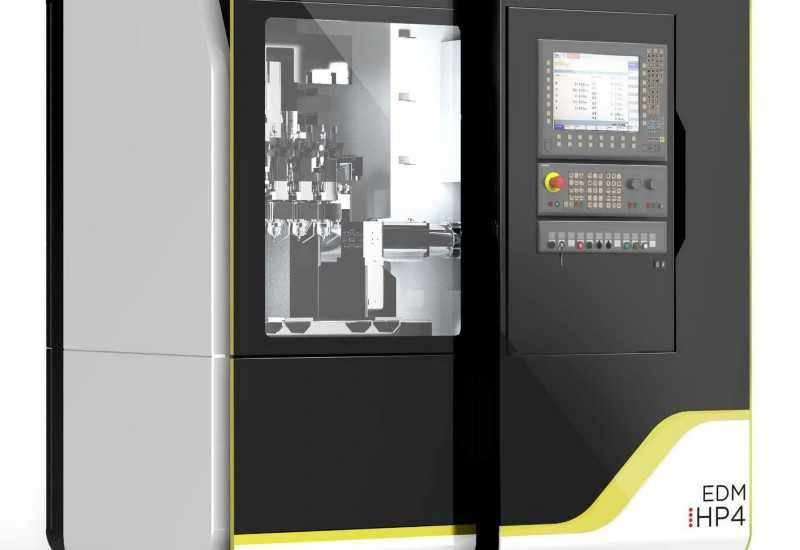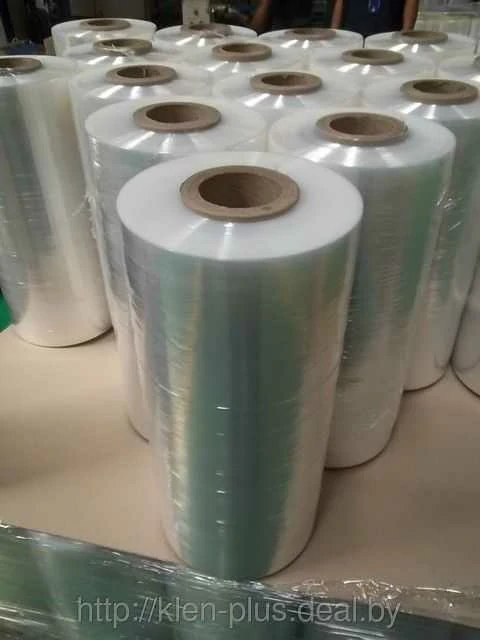3D printing technology is a revolutionary development in the field of manufacturing, allowing for the creation of physical objects from digital models. This technology has been around for several decades, but has recently gained popularity due to its accessibility and affordability. In this article, we will explore the principles behind 3D printing technology, as well as its applications and limitations.
Introduction to 3D Printing Technology
3D printing, also known as additive manufacturing, involves the layer-by-layer construction of three-dimensional objects using a variety of materials such as plastics, metals, ceramics, and even food. This process starts with a digital model of the object, which is created using computer-aided design (CAD) software. The digital model is then sliced into thin layers, and a 3D printer deposits material layer by layer based on the design specifications until the entire object is complete.
Types of 3D Printing Technologies
There are several types of 3D printing technologies currently in use, each with its own advantages and limitations. The most common types of 3D printing technologies include:
1. Fused Deposition Modeling (FDM)
FDM is the most widely used 3D printing technology, especially in desktop 3D printers. This technology involves the extrusion of melted thermoplastic material through a nozzle in a predetermined pattern to create the object.
2. Stereolithography (SLA)
SLA uses a liquid resin that is cured by a laser or other light source to create the object. This technology is particularly useful for creating highly detailed objects with intricate geometries.
3. Selective Laser Sintering (SLS)
SLS uses a laser to selectively fuse powdered materials, such as nylon or metal, into the desired shape. This technology is commonly used in industrial applications due to its high accuracy and ability to print in a variety of materials.
Applications of 3D Printing Technology
The versatility of 3D printing technology has led to its use in a wide range of industries, including aerospace, automotive, healthcare, and architecture. Some common applications of 3D printing include:
1. Prototyping
3D printing technology allows for the rapid and cost-effective creation of prototypes that can be iterated upon until the final design is achieved.
2. Custom Manufacturing
3D printing technology enables the creation of customized products that are tailored to the specific needs of the user, such as medical implants or prosthetics.
3. Education
3D printing technology is increasingly being used in educational settings to teach students about engineering, product design, and manufacturing.
Limitations of 3D Printing Technology
While 3D printing technology has many advantages, there are also limitations to its use. Some of the most significant limitations include:
1. Material Limitations
While 3D printing technology can produce objects in a wide range of materials, the availability of those materials is limited. Additionally, the quality of the materials used can vary, which can impact the durability of the printed object.
2. Size Limitations
The size of the object that can be printed is limited by the size of the 3D printer. If a larger object needs to be printed, it may need to be printed in parts and assembled after printing.
3. Complexity
While 3D printing technology has made significant strides in recent years, it still struggles to produce objects with complex geometries or internal structures.
Conclusion
3D printing technology has the potential to revolutionize the way we manufacture and create physical objects. Its versatility and accessibility make it a valuable tool in a range of industries, from healthcare to education. While there are limitations to its use, continued research and development will likely lead to further advances in this exciting field.
.webp)



